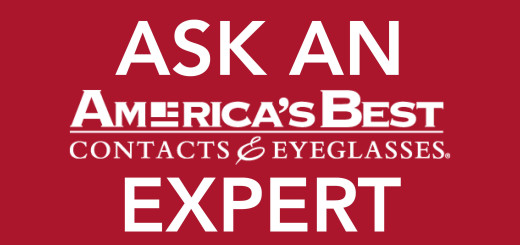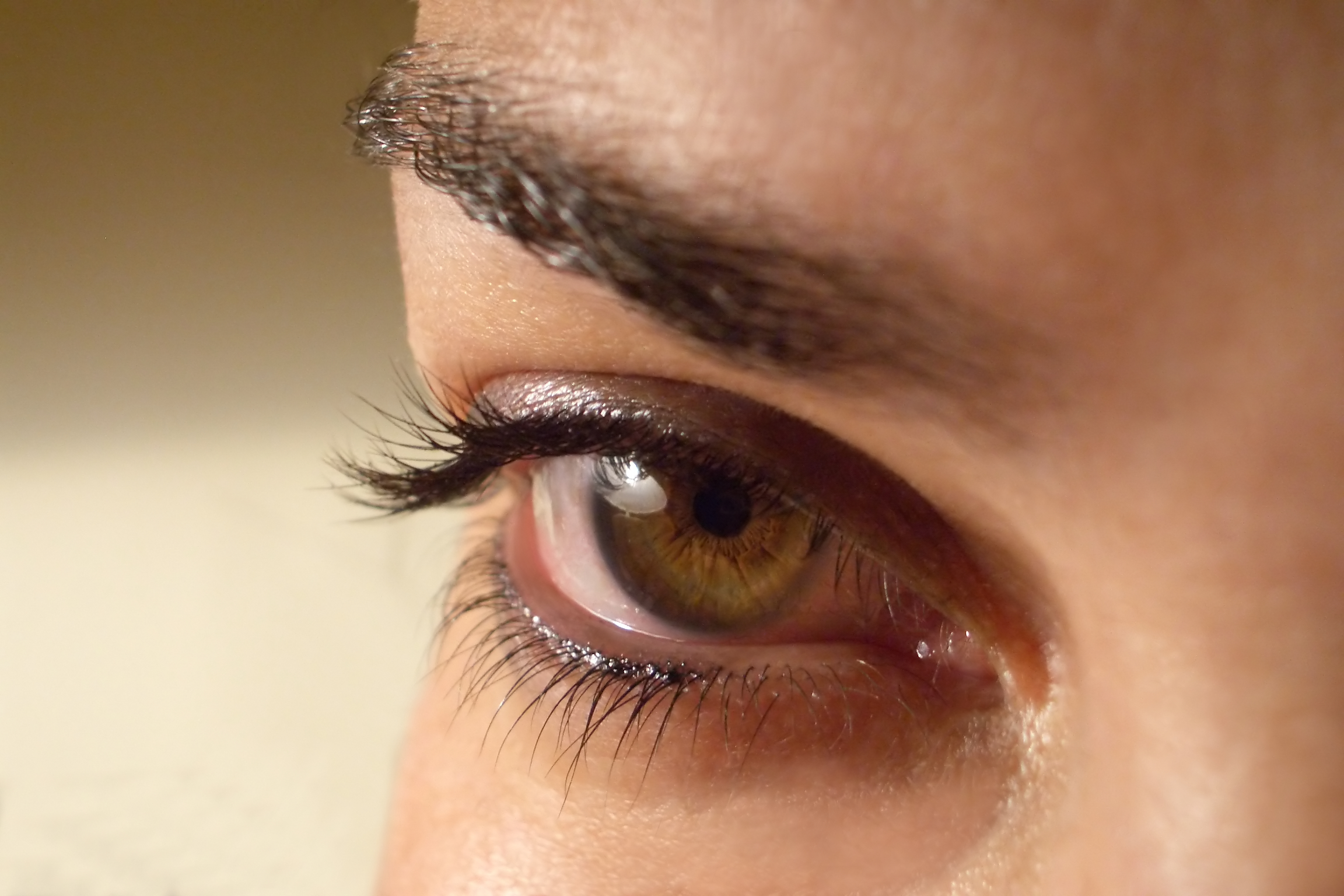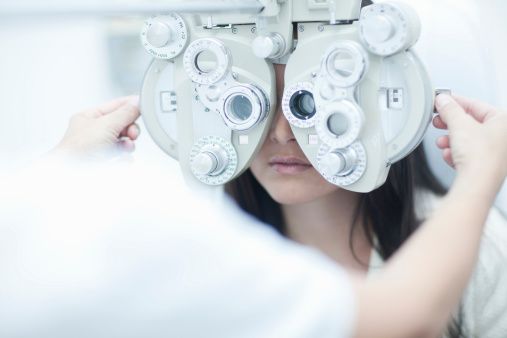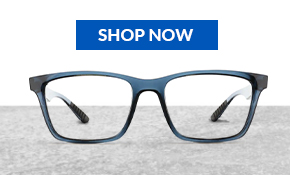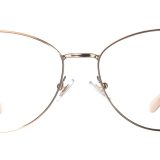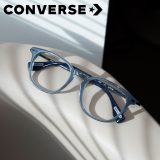Could Chocolate Be GOOD for your Eyes?
 I’m a chocoholic. Chocolate addict. Chocolate lover. Whatever you want to call it…I’m a big fan of the stuff. Maybe too big a fan…
I’m a chocoholic. Chocolate addict. Chocolate lover. Whatever you want to call it…I’m a big fan of the stuff. Maybe too big a fan…
So, as I was mixing up a batch of double chocolate brownies infused with some extra chocolate syrup, I had a thought: I wonder if chocolate could, in any way, be good for your eyes.
And, my fellow chocolate lovers, do I have some good news for you. Apparently, it is!
Move over carrots because chocolate, the dark and purer variety, contains flavonols. What are flavonols? Well, they are a part of a group of phytochemicals called flavinoids. Other places you find flavinoids include certain teas, fruits and vegetables. Flavinoids are powerful antioxidants that can help prevent disease, repair damage to your body (specifically your cells), and fight aging.
And, according to a study published in 2011 in Physiology and Behavior, researchers at the University of Reading, England, the flavonols found in dark chocolate may improve your vision in difficult, low-contrast lighting conditions like fog.
To test this, participants in the study were exposed to contrasting light conditions on two occasions — once after they ate a dark chocolate bar and at another time after they ate a white chocolate bar — which contains far less cocoa flavonols. The study found that participants’ vision in the difficult lighting conditions was 17 percent better after eating the dark chocolate. It also found that participants handled brain function tests better after eating the dark chocolate versus the white.
In the published study, researcher David Field, Ph.D. theorized that the dark chocolate gives your eyes a boost because the flavonals help aid bloodflow. Our retinas use a lot of energy but don’t have good blood supply so flavonols can improve that, according to Field.
To benefit, you probably need to wait at least an hour after eating the chocolate. (Participants in the study were tested two hours later). The exact amount of need to benefit wasn’t pinpointed. But, in the study they used a chocolate bar that contained 773 milligrams of cocoa flavonols.
Unfortunately, most U.S. candy companies don’t list the amount of flavonols in their chocolate, so trying to find the darkest, most pure (less added sugar and fillers) chocolate you can find is the safest bet. (Sorry milk chocolate doesn’t count). Pair that dark chocolate with some other flavinoid rich foods like strawberries, blueberries or some red wine and you’ve got a delightful snack for your eyes…and your palette!

